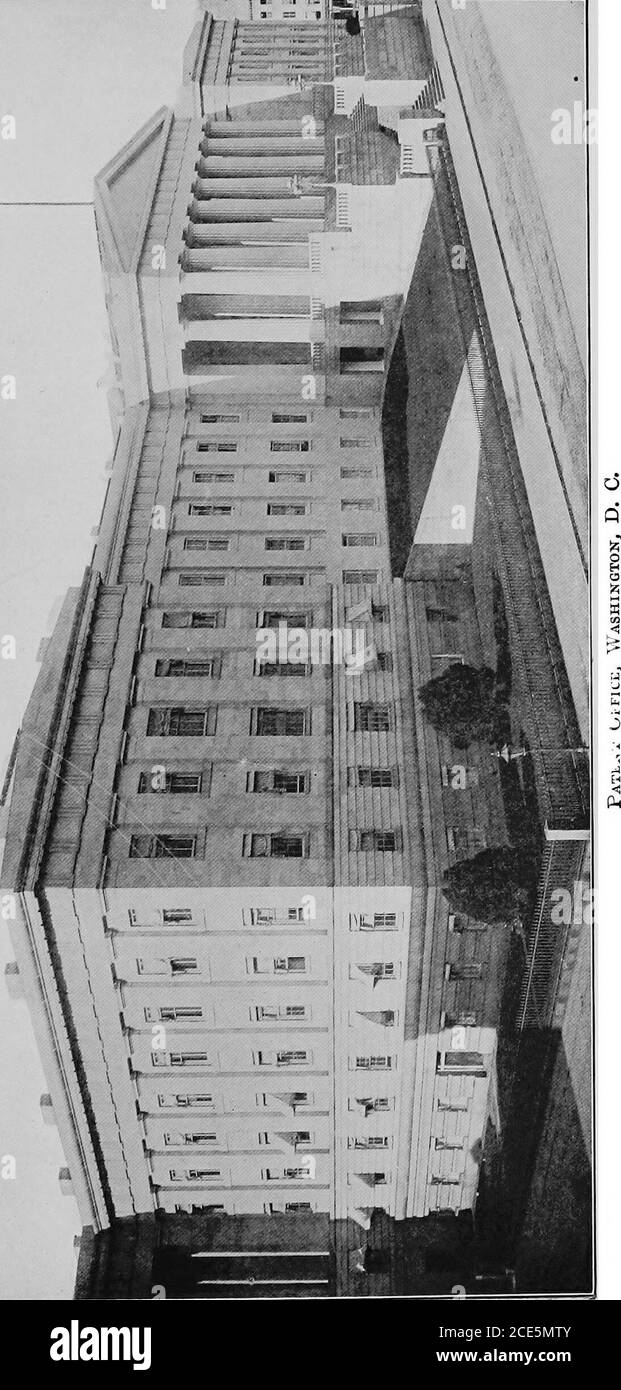. The American commonwealth . emptions from taxation. Methods of collecting taxes. Limitations imposed on the power of taxing. State indebtedness. Restriction imposed on the borrowing power. 1. The budget of a State is seldom large, in proportionto the wealth of its inhabitants, because the chief burden ofadministration is borne not by the State, but by its subdi-visions, the counties, and still more the cities and townships.The chief expenses which a State undertakes in its corporatecapacity are—(1) The salaries of its officials, executive andjudicial, and the incidental expenses of judicial

Image details
Contributor:
Reading Room 2020 / Alamy Stock PhotoImage ID:
2CE5MTYFile size:
7.2 MB (452.4 KB Compressed download)Releases:
Model - no | Property - noDo I need a release?Dimensions:
1093 x 2288 px | 18.5 x 38.7 cm | 7.3 x 15.3 inches | 150dpiMore information:
This image is a public domain image, which means either that copyright has expired in the image or the copyright holder has waived their copyright. Alamy charges you a fee for access to the high resolution copy of the image.
This image could have imperfections as it’s either historical or reportage.
. The American commonwealth . emptions from taxation. Methods of collecting taxes. Limitations imposed on the power of taxing. State indebtedness. Restriction imposed on the borrowing power. 1. The budget of a State is seldom large, in proportionto the wealth of its inhabitants, because the chief burden ofadministration is borne not by the State, but by its subdi-visions, the counties, and still more the cities and townships.The chief expenses which a State undertakes in its corporatecapacity are—(1) The salaries of its officials, executive andjudicial, and the incidental expenses of judicial proceedings, such as payments to jurors and witnesses; (2) the Statevolunteer militia; (3) charitable and other public institu-tions, such as State lunatic asylums. State universities, agri-cultural colleges, etc.; (4) grants to schools; (5) Stateprisons, comparatively few, since the prison is usually sup-ported by the county; (6) State buildings and public works, including, in a few cases, canals; (7) payment of interest 203. STATEFINANCE 209 on State debts. Of the whole revenue collected in eachState under State taxing laws, a comparatively small partis taken by the State itself and applied to State purposes. 2. The Federal government raises its revenue by in-direct taxation, and by duties of customs and excise, thoughit has the power of imposing direct taxes, and used thatpower freely during the War of Secession. State revenue, on the other hand, arises almost wholly from direct tax-ation. The chief tax is in every State a property tax, based ona valuation of all property, real and personal, within thetaxing jurisdiction. The valuation is made by officials calledappraisers or assessors, appointed by the local communities, though under general State laws. The local assessors have, equally with the property owners, an obvious motive forvaluing on a low scale, for by doing so they relieve their com-munity of part of its burden. The State is accordinglyobliged to check and correct